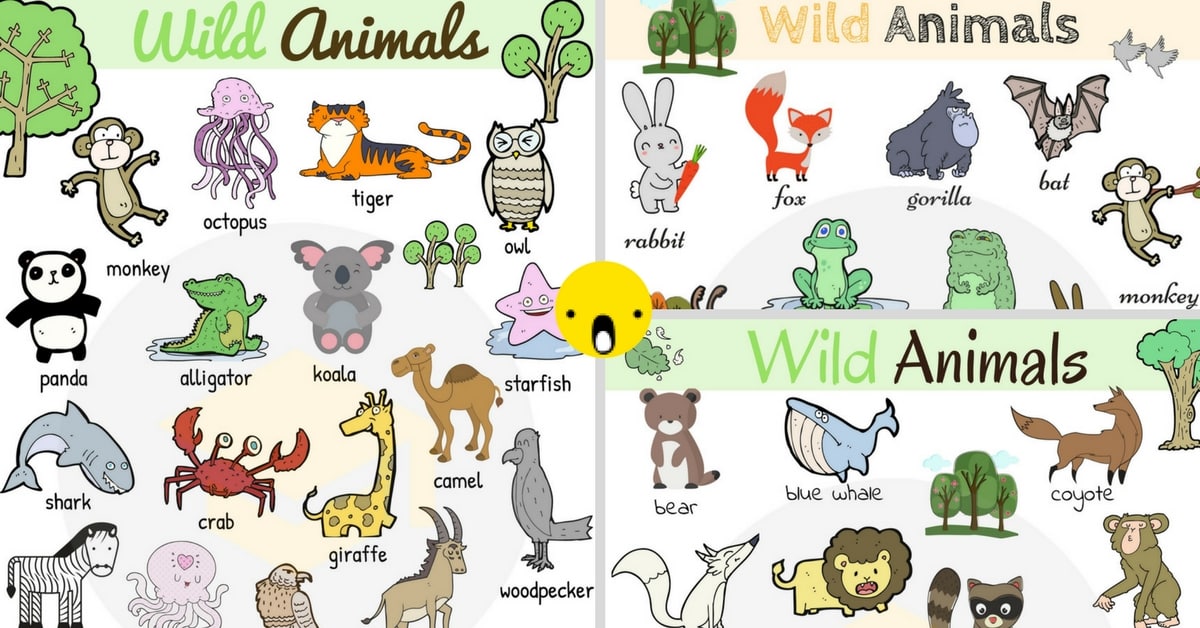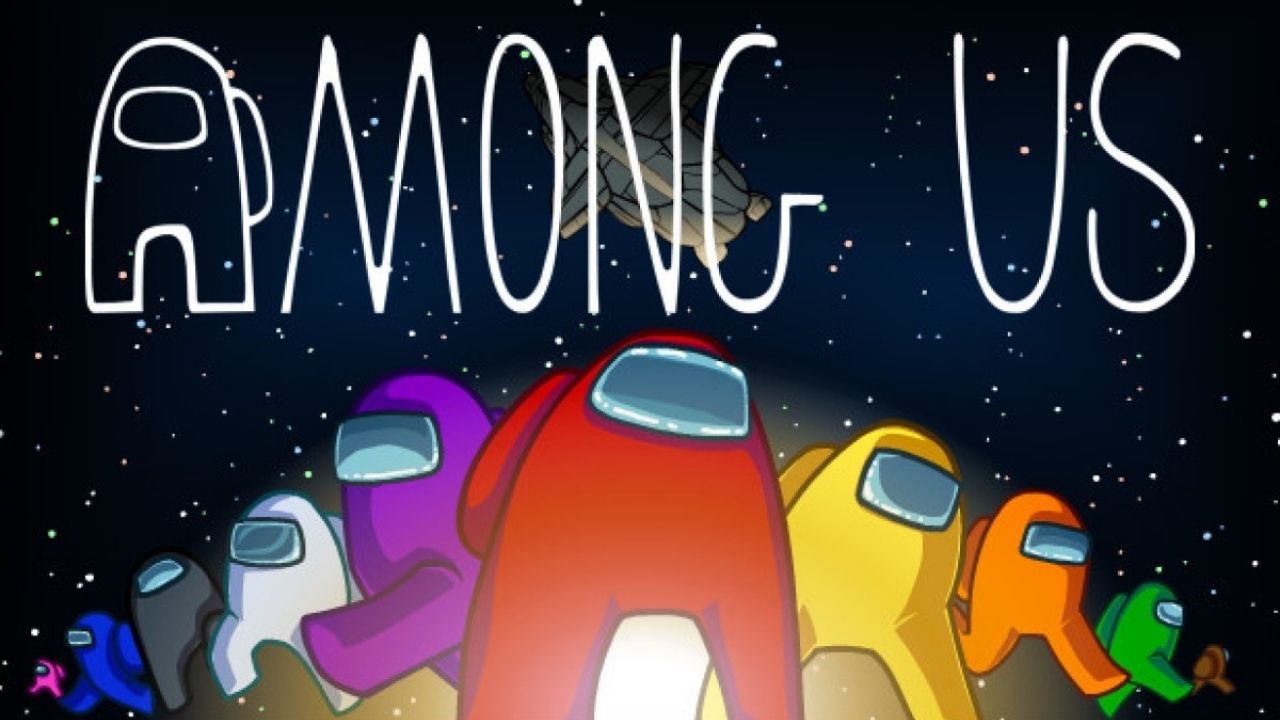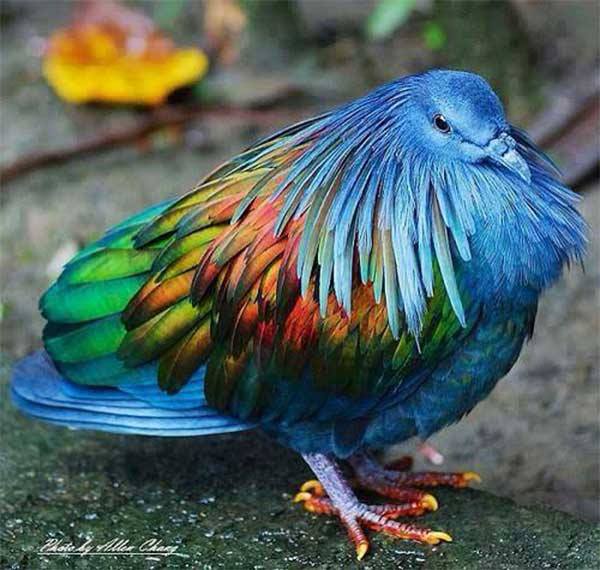BY ROWAN RAVERTY
STAFF WRITER
The world is full of some amazing creatures. They all look incredibly different from each other – like the long necked Giraffe or the large Saltwater Crocodile. Well, I’m here to tell you how you can design your own species of animals for your story needs.
Step 1: Look at animals that already exist. References are always good to have. In our world, some animals look alike without being related, like how Koalas look like bears without being related to them. Red Pandas might resemble Giant Pandas, in name and looks, but they aren’t related. Plus, it’s easier to look at an image when it comes to figuring out how to draw something a certain way.
Step 2: Draw what the base of your new animal looks like. Everything needs a base to start with before you begin adding anything crazy. What do you need for a base? Well, the body and head shape. Those are the main things a base needs. You can also add any legs or arms if you want, but that is mostly going to be with the next step.
Step 3: Add any other physical features/traits. This includes any extra limbs, horns, wings, etc. This is also where you would add any differences in males and females, and the looks the babies will have. There’s a lot of examples in nature, too. If you’re having trouble thinking of differences, you can look up ideas.
Step 4: Non-visible traits. What does your creature have that we can’t see? An example is that some snakes have venomous bites. What about enhanced senses? It doesn’t have to be anything real animals have either. You could give it a second stomach or say it can freeze whatever it bites.
Step 5: Colors and patterns. This is a very important part of your species. Look at animals in real life. Some of their looks help them blend into their surroundings. Others have bright colors to tell anyone who thinks of eating them that they’re poisonous. Choose the colors that best represent your animal’s traits and habitat.
Now, the final step: Create a bio. You need more than just looks. What is its name? Where do they live? How long do they live for? What is their main source of food? These are some of the main questions that come to mind when thinking about what to put. Anything else you think is important to know should also be written down.
And there you have it, how to make a species. Use this to make some animals of your own for whatever adventures you want. Maybe you want to design an alien planet? Or write a story on a lost civilization? Whatever the reason is, you can use this to help.






